Do you wonder what vocabulary words you should be teaching?
Tier 2 vocabulary words need to be taught in every classroom, across all grades. I will go into more detail about why teaching tier 2 vocabulary words is essential, give you examples of tier 2 words, provide you with a list of tier 2 words, and show you how I teach these words in my third-grade classroom.
“Vocabulary knowledge is the single most important factor in reading comprehension.”
(Santa, Haven, Valdez, 2004)
Why Tier Two Words?
In school, we tend to focus on the spelling of tier 1 words (sight words) and the instruction of tier 3 words (academic words). It isn’t often that kids receive explicit instruction of tier 2 vocabulary words, but they should.
The graphic below explains the difference between the three “tiers” of words. Thinking of it like a birthday cake, it makes sense that we shouldn’t be skipping the instruction of the middle tier, or layer.
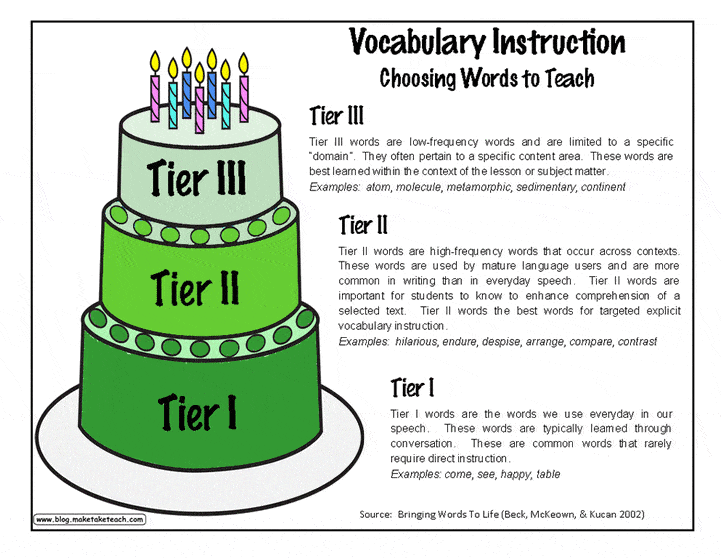
Words Nerds Inspiration
As I was preparing for the 2018-2019 school year, I was fretting about how I was going to teach vocabulary. I didn’t love what I did in years passed and didn’t feel that my students were embracing vocabulary instruction. A friend suggested that I read “Word Nerds: Teaching All Students to Learn and Love Vocabulary” by Brenda J. Overturf, Leslie H. Montgomery, & Margot Holmes Smith.
This book quickly became what I dreamed of for my vocabulary instruction. I was on board. I decided to adopt it’s wonderful teachings (really, read it!) and go full steam ahead with it in my classroom.
Tier 2 Word List for Grade Three
Below are example materials included in the grade 3 tier 2 vocabulary words sets. The first is a list of words and the second are sample plans of how I will be rolling our the teaching of these “word sets” this year.
Pros to Teaching Tier 2 Vocabulary This Way
By focusing on five new words biweekly, students are actually learning 25 words every two weeks because, with each word, I teach two accompanying synonyms and antonyms.
Words Nerds suggests tons of fun games and activities to use to keep students engaged in vocabulary instruction.
Daily vocabulary lessons are short so they can easily fit into any literacy block format. I love doing Daily Five in my classroom and a vocabulary mini-lesson fits perfectly between two rounds.
All words taught can be added to your class word wall to encourage students to continue to use these words all year long in reading, writing, and conversation.
Tier 2 vocabulary word instruction ties in nicely with teaching parts of speech and various concepts of etymology.
Depending on the level of your students, they can take on more responsibility in recording their own definitions, illustrations, synonyms, antonyms, and sentences in their graphic organizers.
The Only “Con” to Teaching Vocabulary This Way
As mentioned above, I decided to try this method of vocabulary instruction last year. I had a tough time keeping up with the planning involved. It took a lot of time to figure out what words I was going to teach, to write out word cards for the word and each of their synonyms and antonyms, and to come up with cloze sentences to introduce the main words. I quickly ran out of steam and reverted back to what I did in past years for vocabulary instruction.
The Solution
Check out this Year-Long Tier 2 Vocabulary Set. It includes 20 sets of ready to use, tier 2 vocabulary words for third and fourth grade. It will make sticking to daily vocabulary instruction a breeze!
This set includes:
After teaching these 20 word sets, you will have explicitly taught 100 tier 2 words. The best part is: students will be exposed to 500 words since they are also learning each word’s synonyms and antonyms!






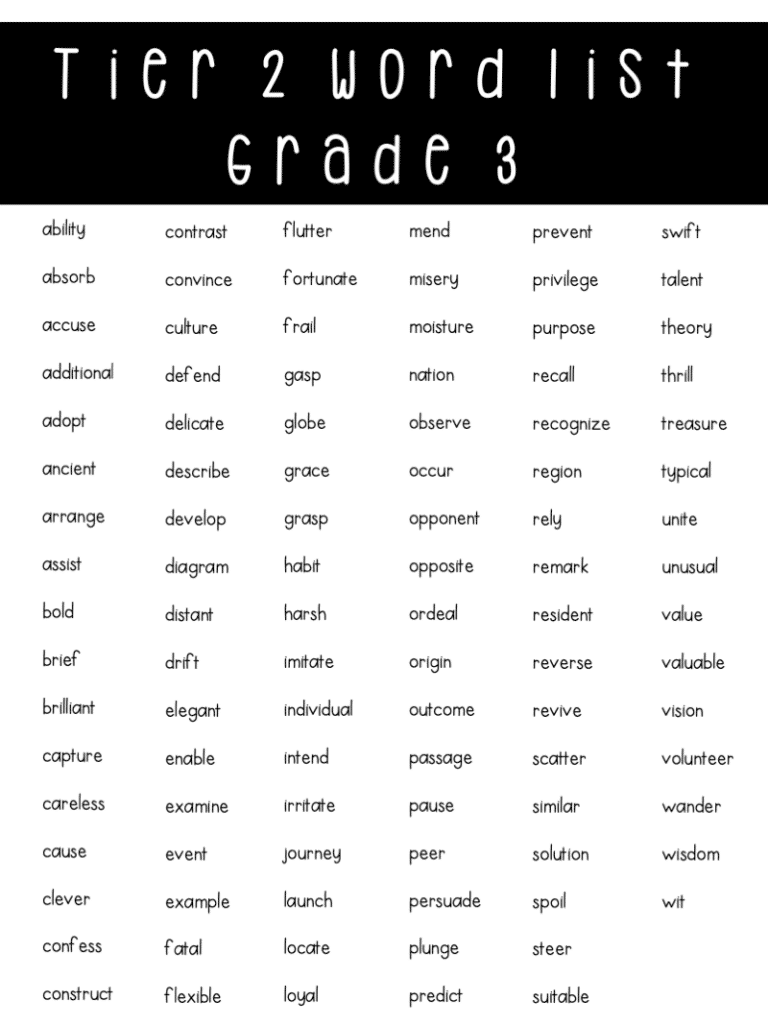
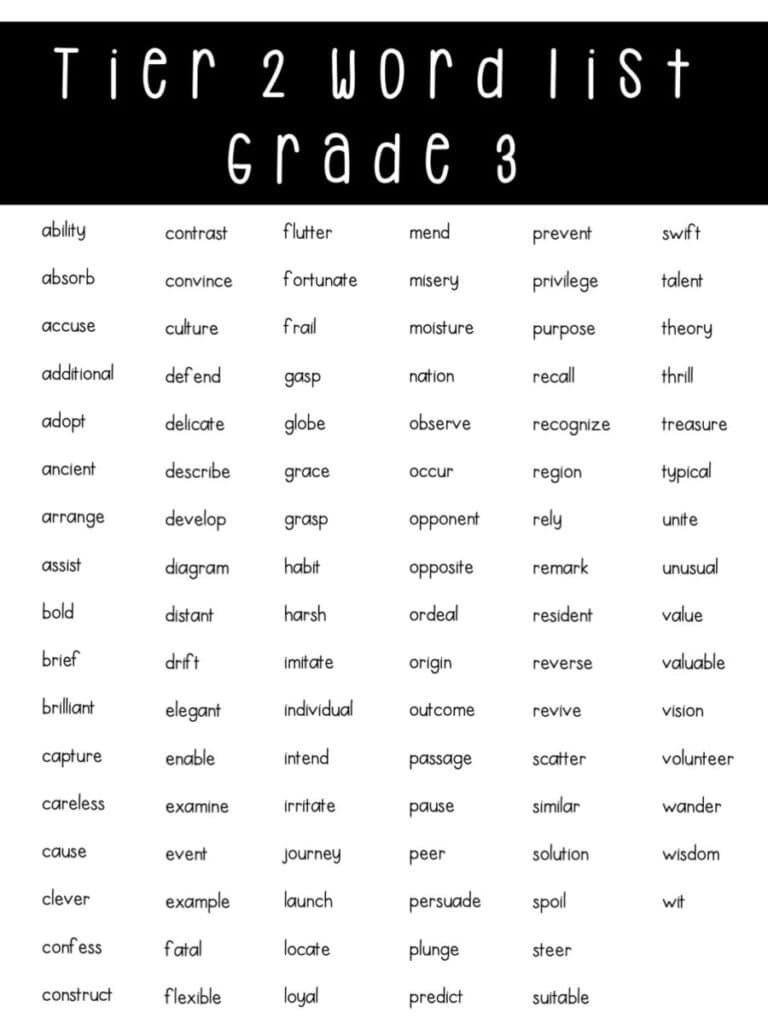
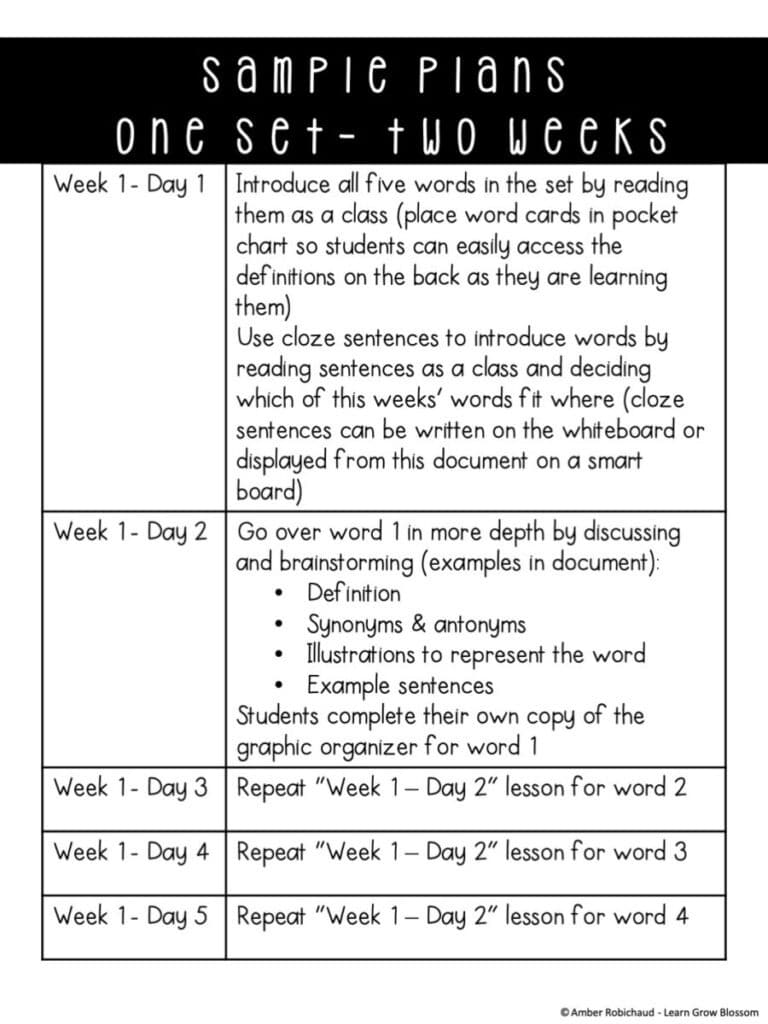
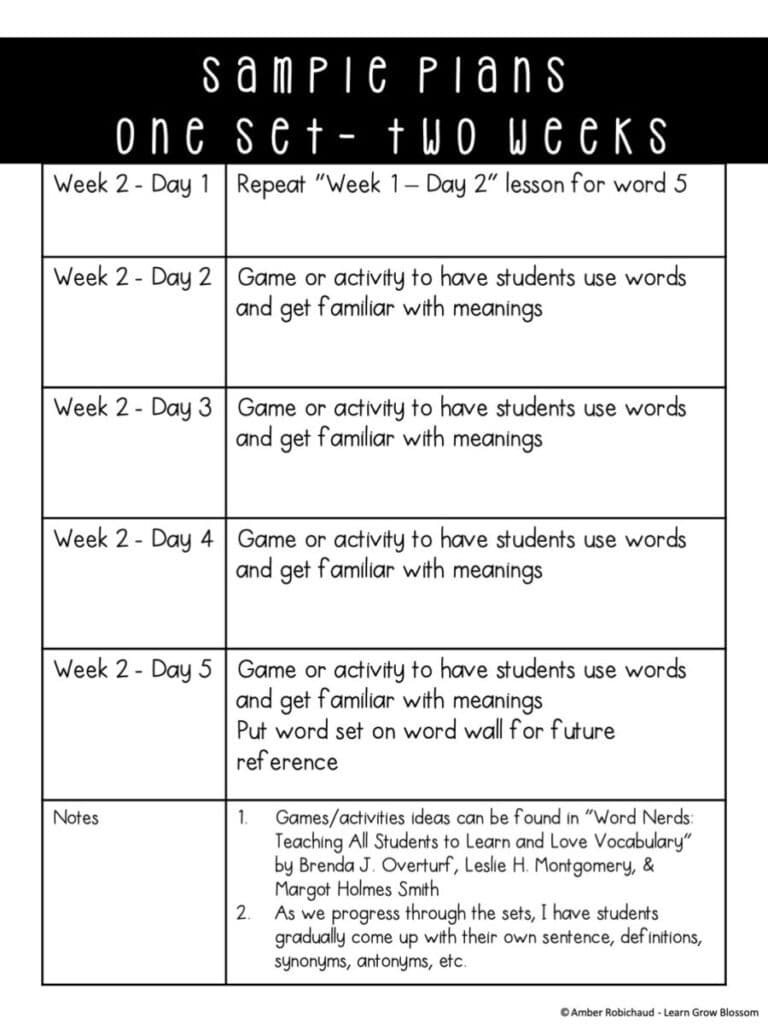
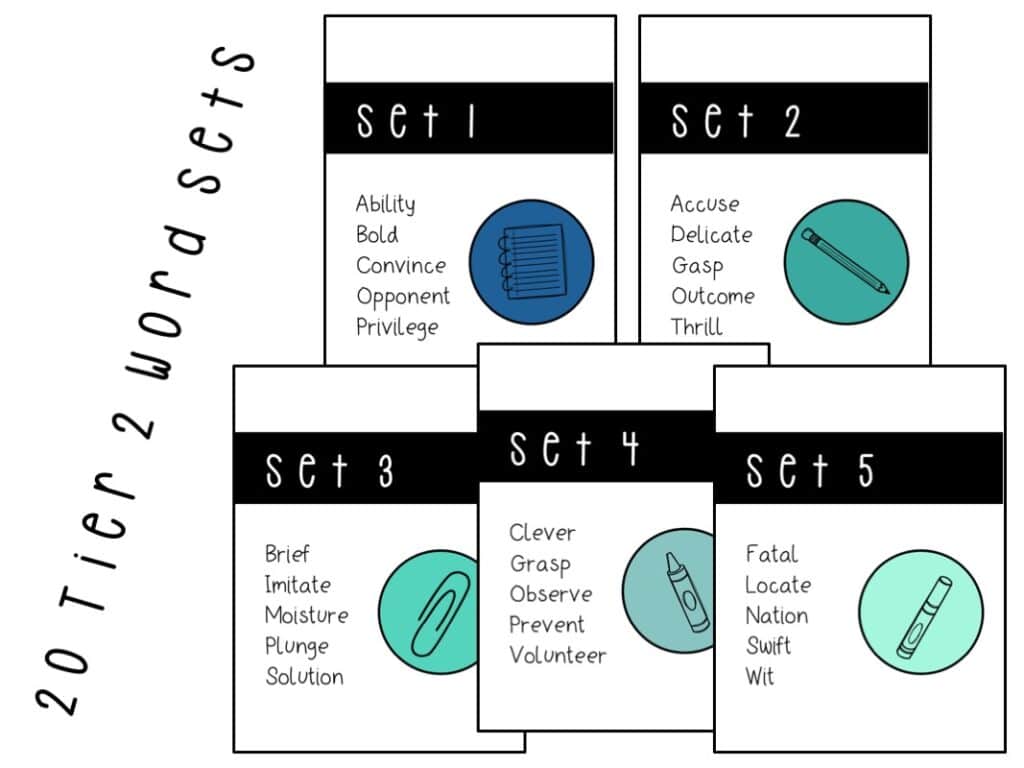

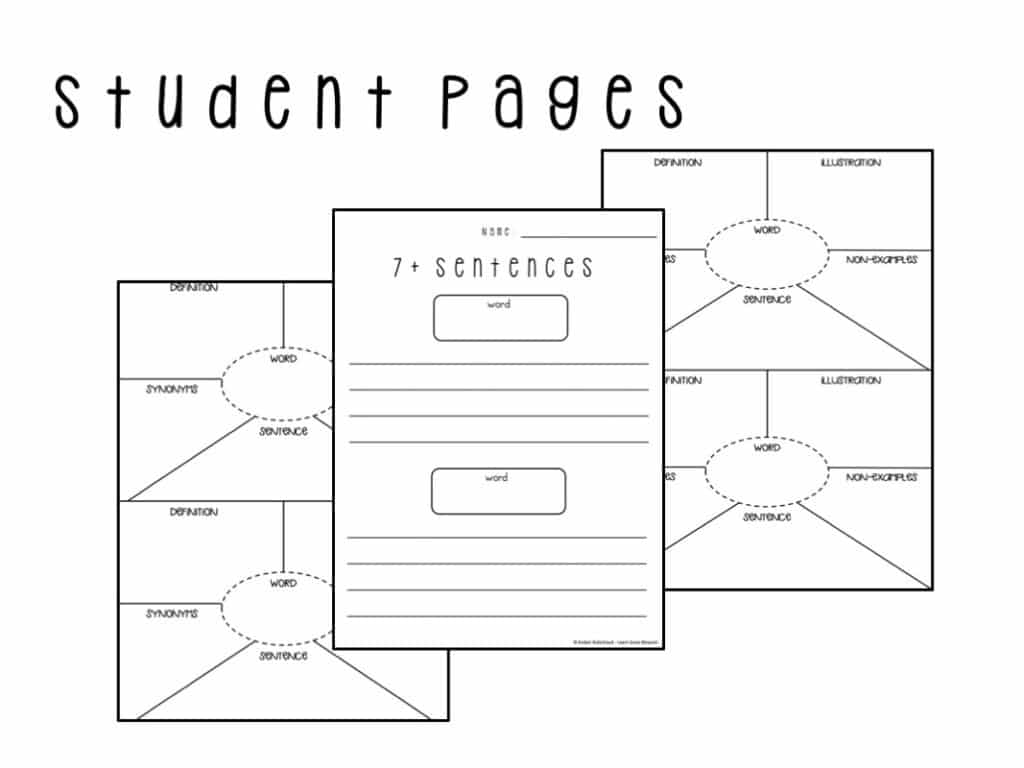
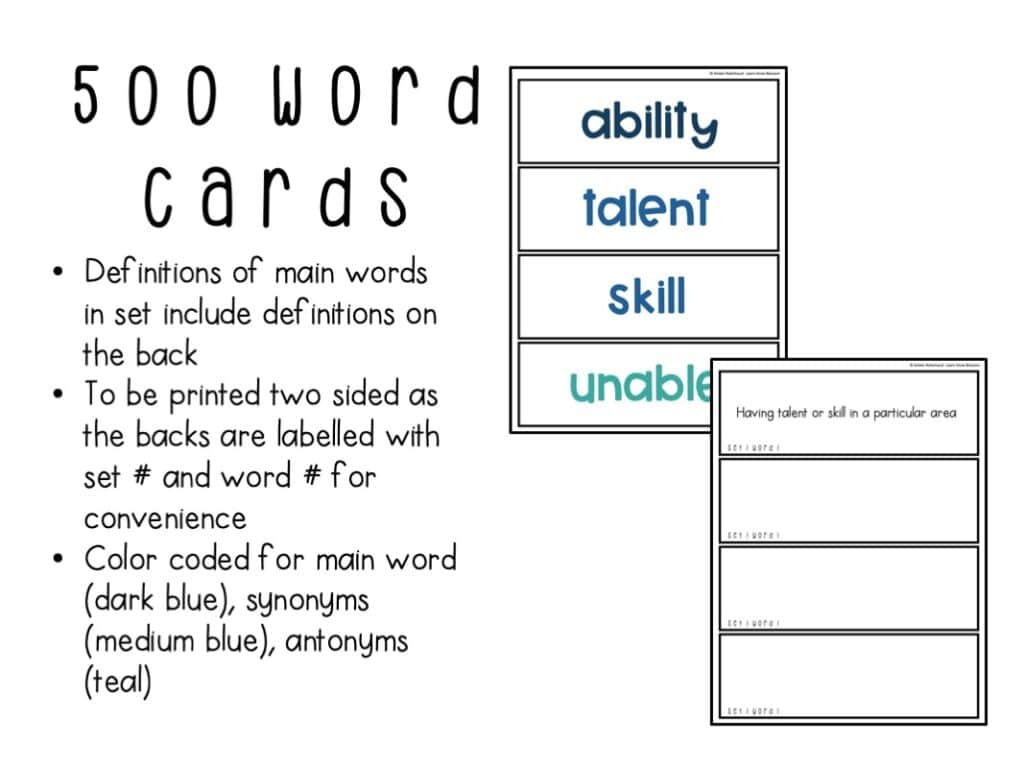


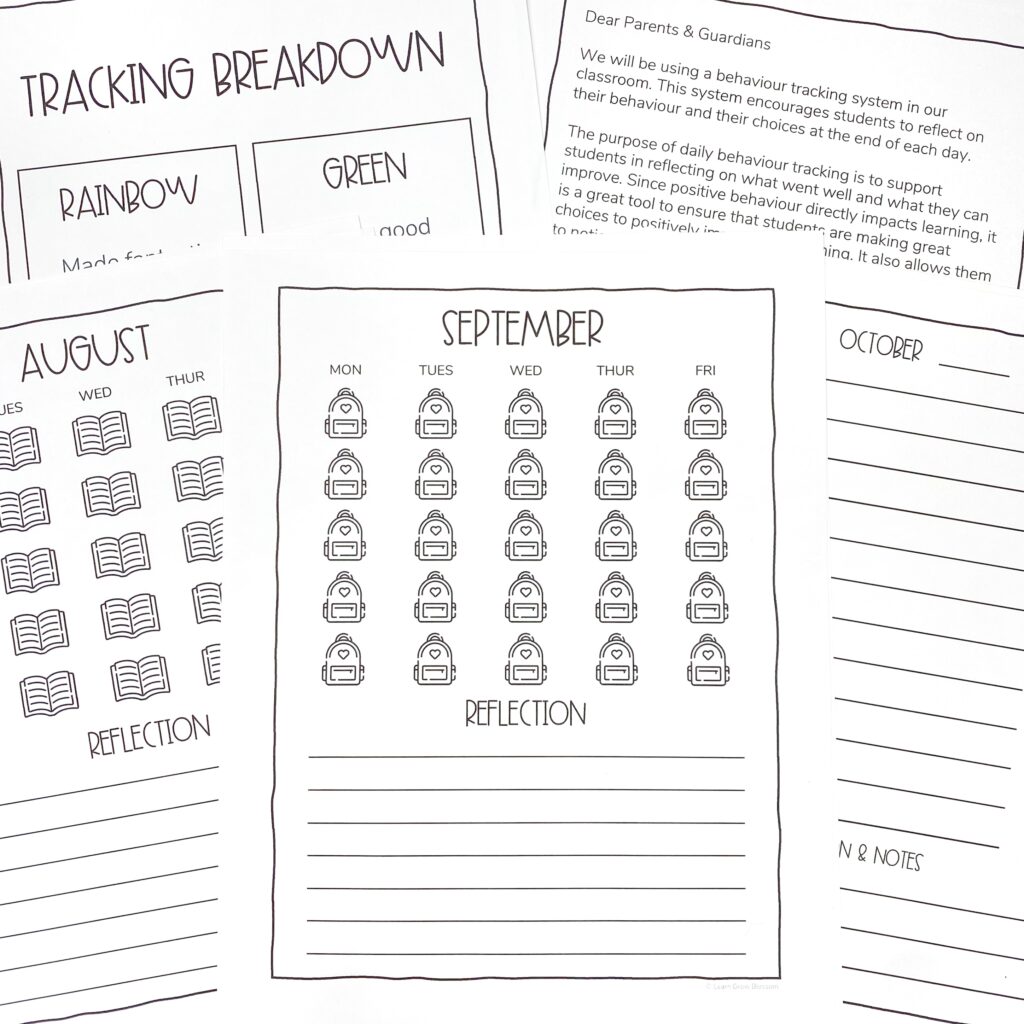
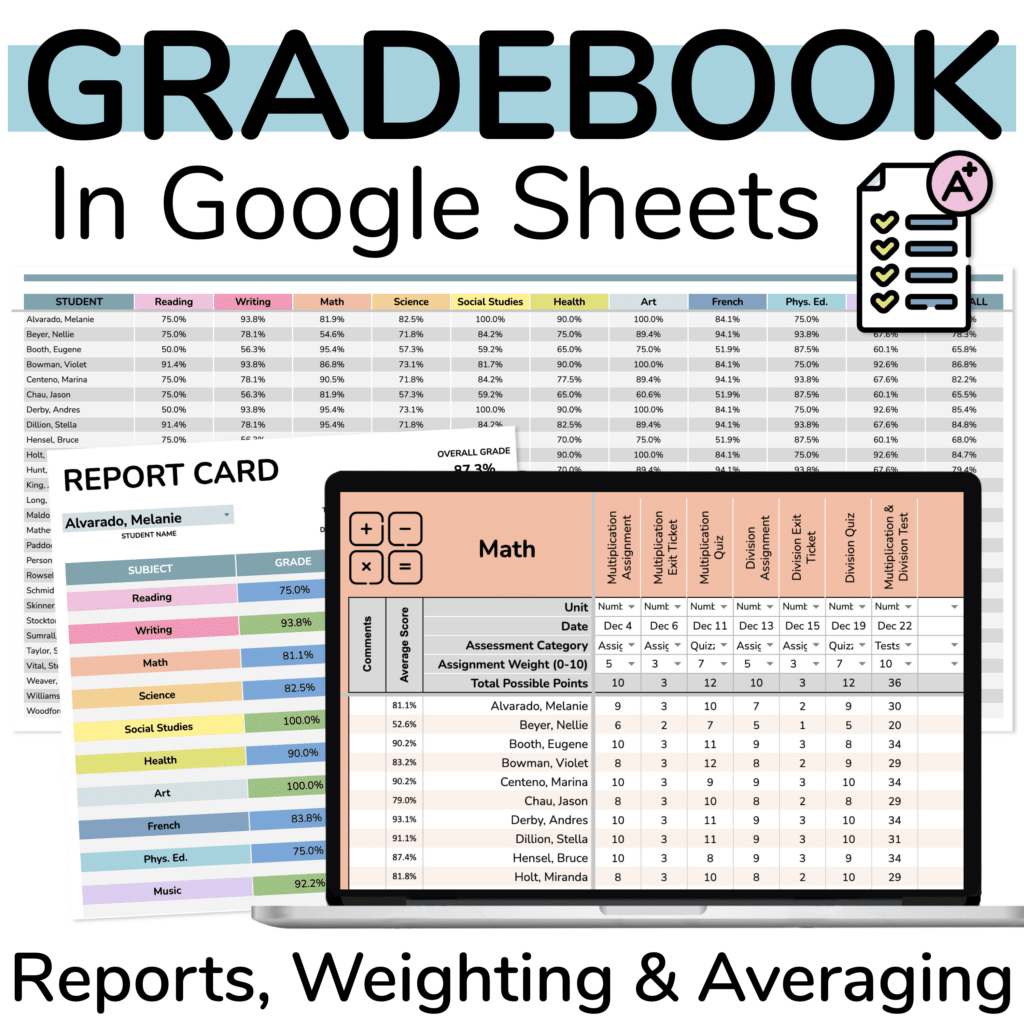
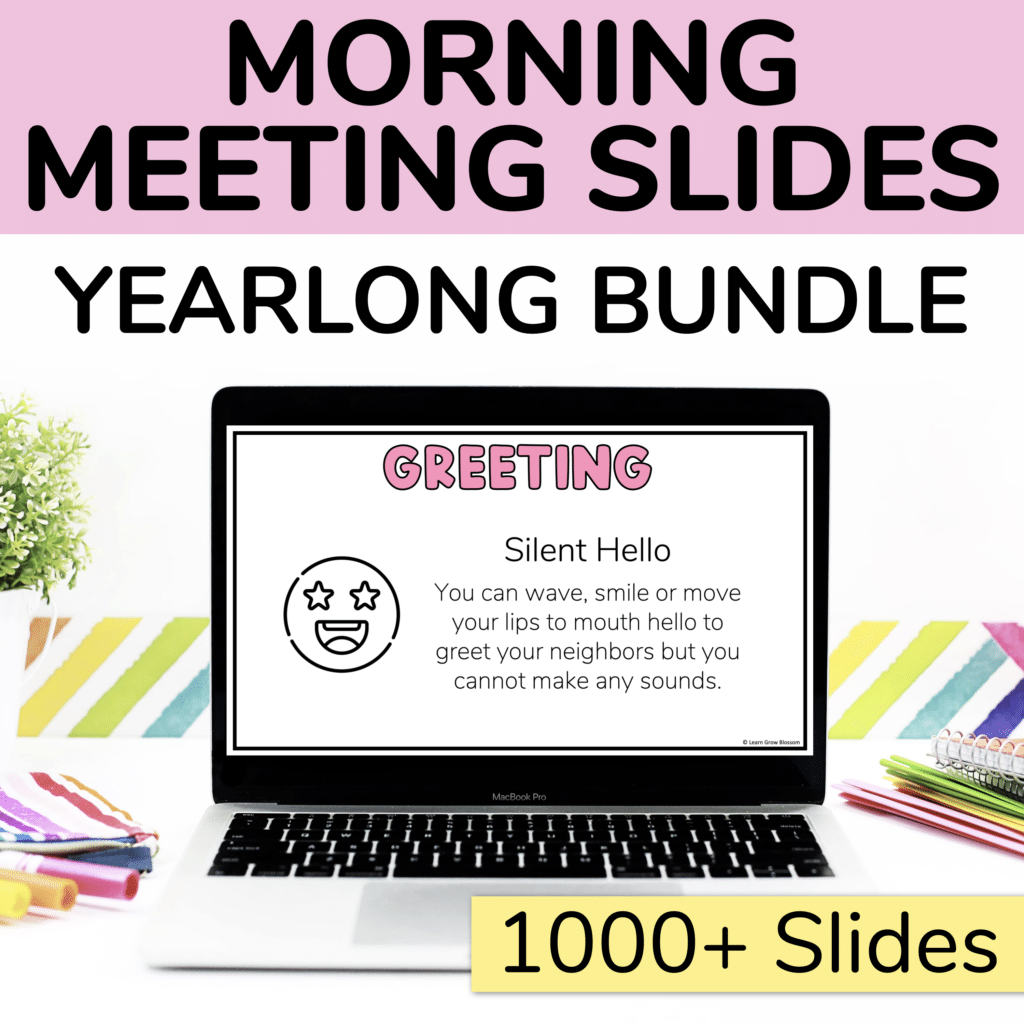
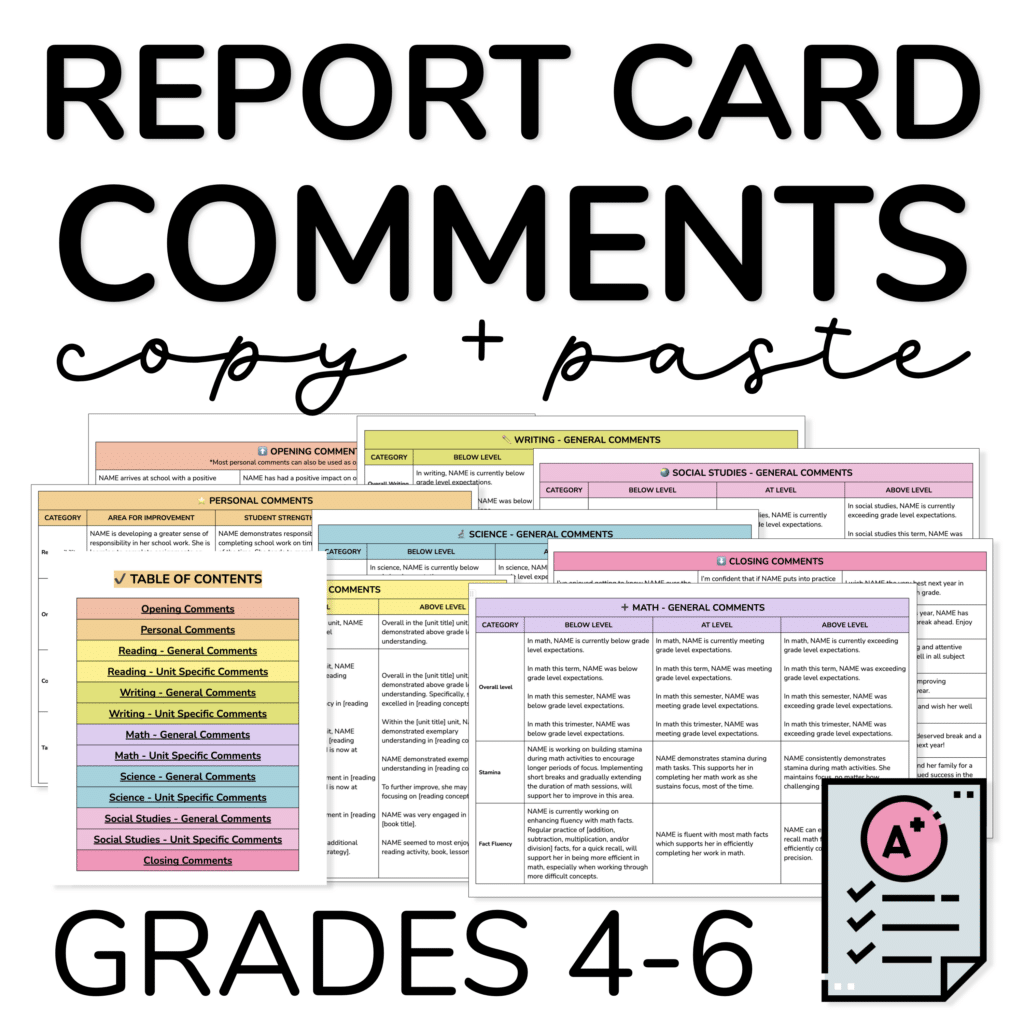
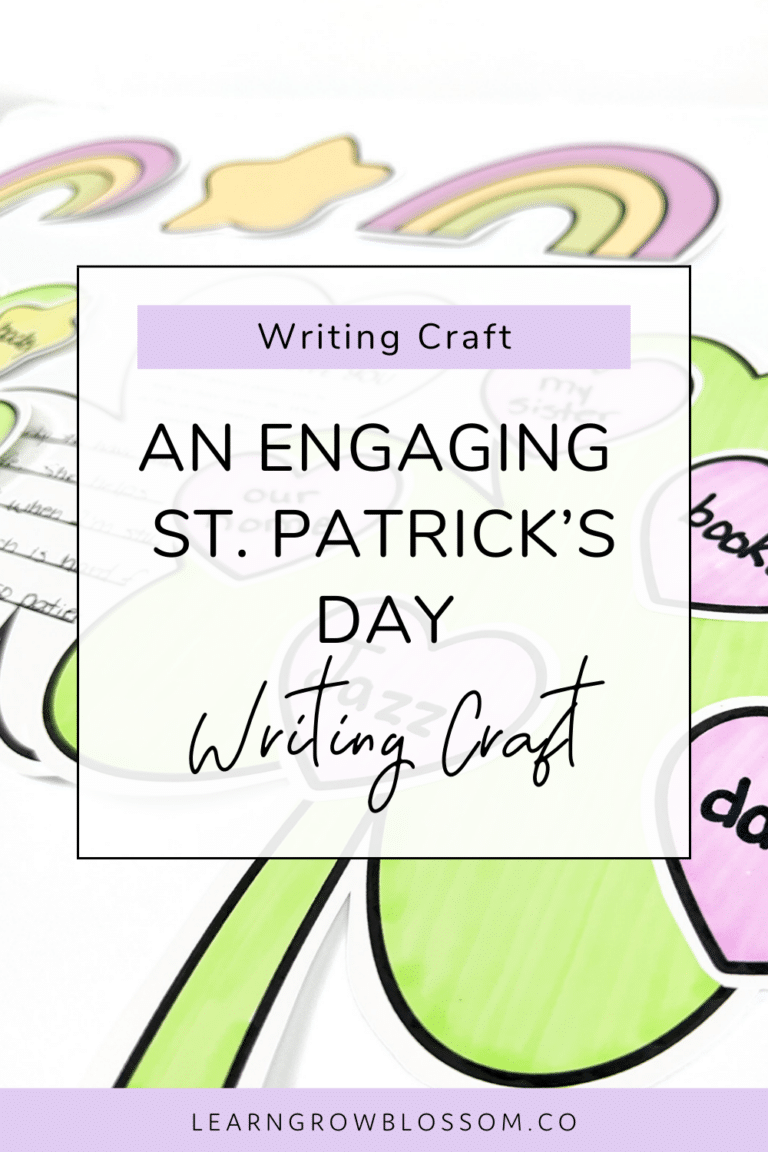
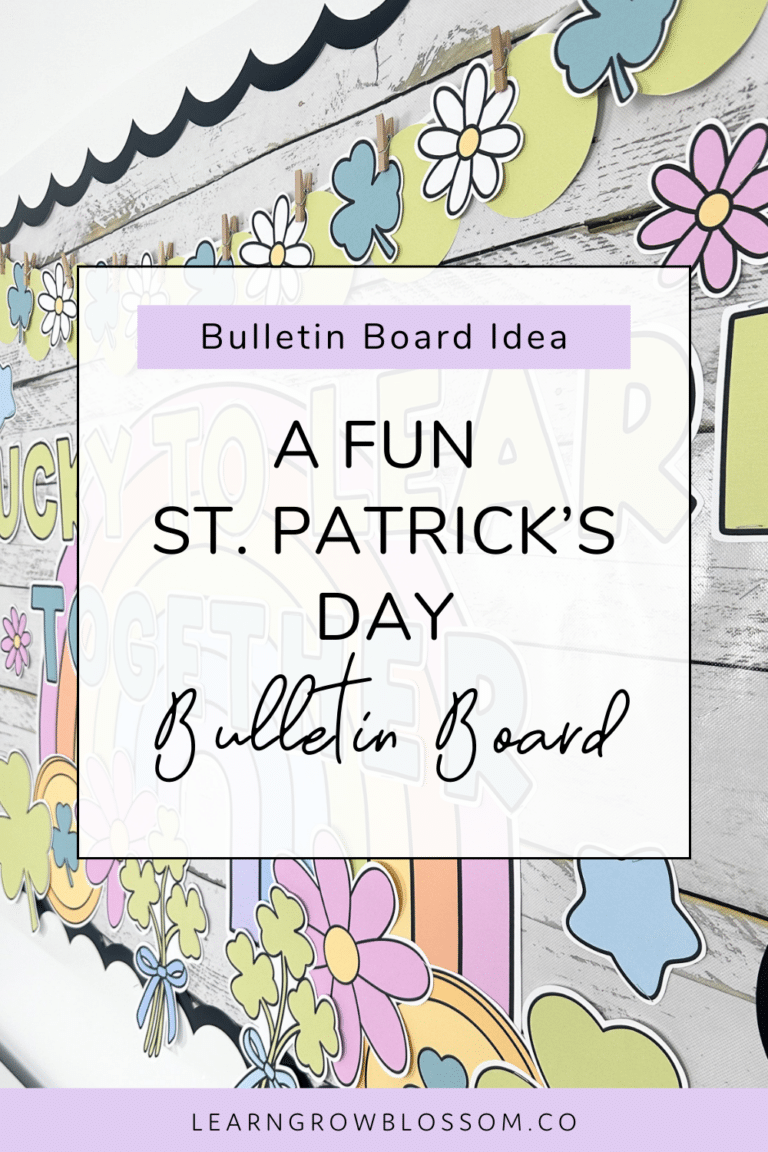
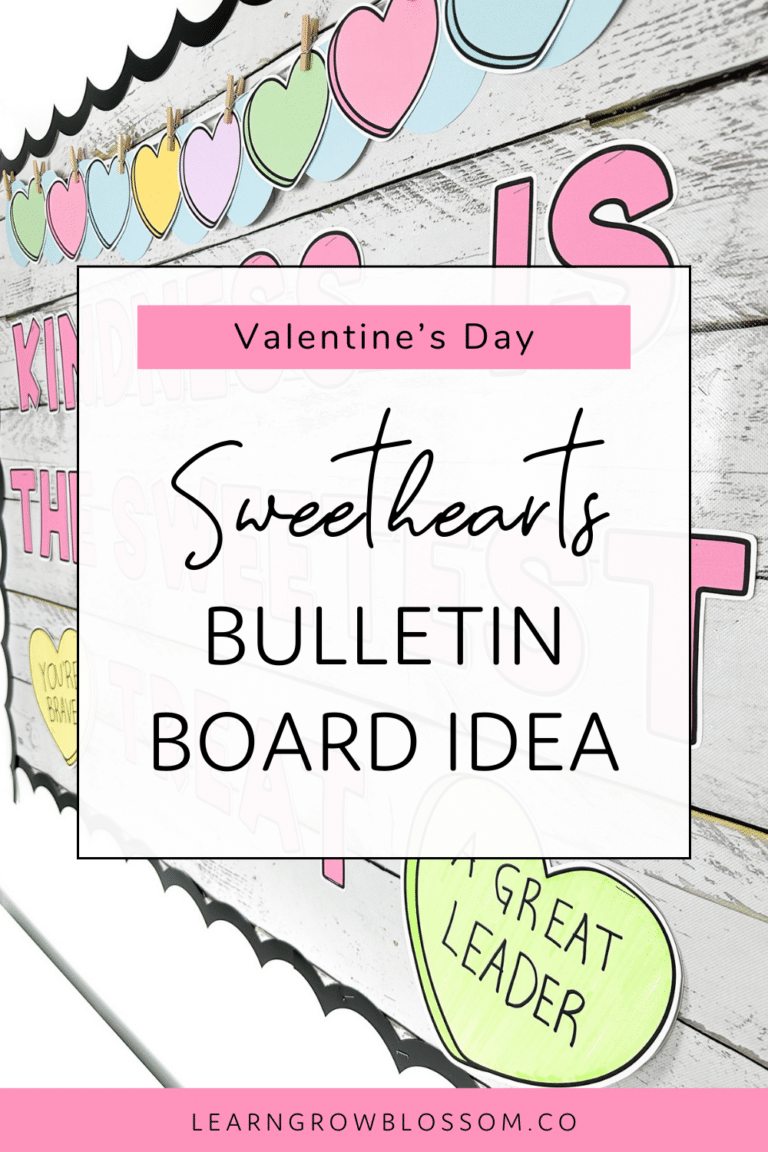



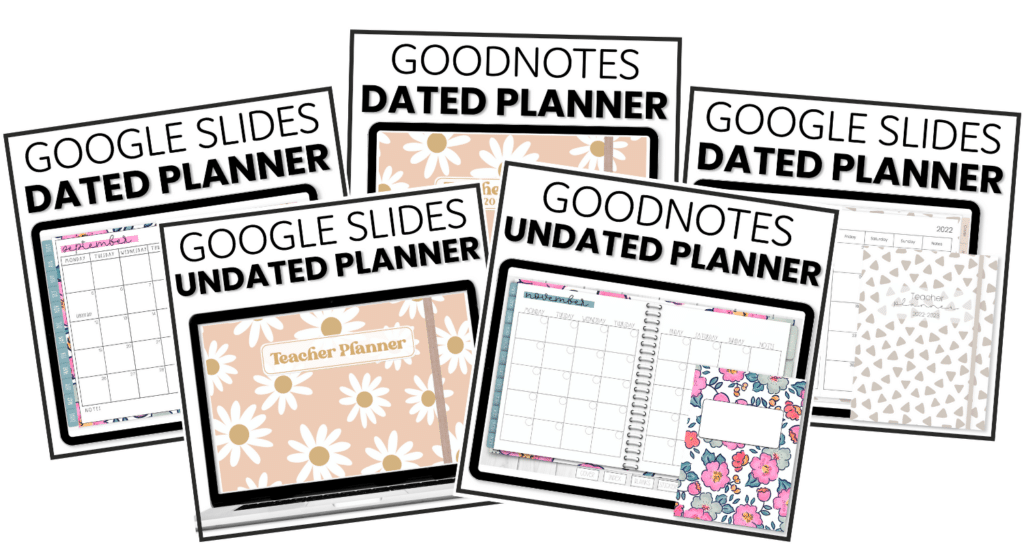
3 Responses
How can I get this?
Hi Bernadette, This resource is available in my Teachers Pay Teachers store. Here’s the link to the resource: https://www.teacherspayteachers.com/Product/Tier-2-Vocabulary-with-Word-Card-Sets-Planned-for-the-Entire-Year-4722089
A wonderful article that I have shared. How did I make my child love
to read: https://bit.ly/2VxFhqh